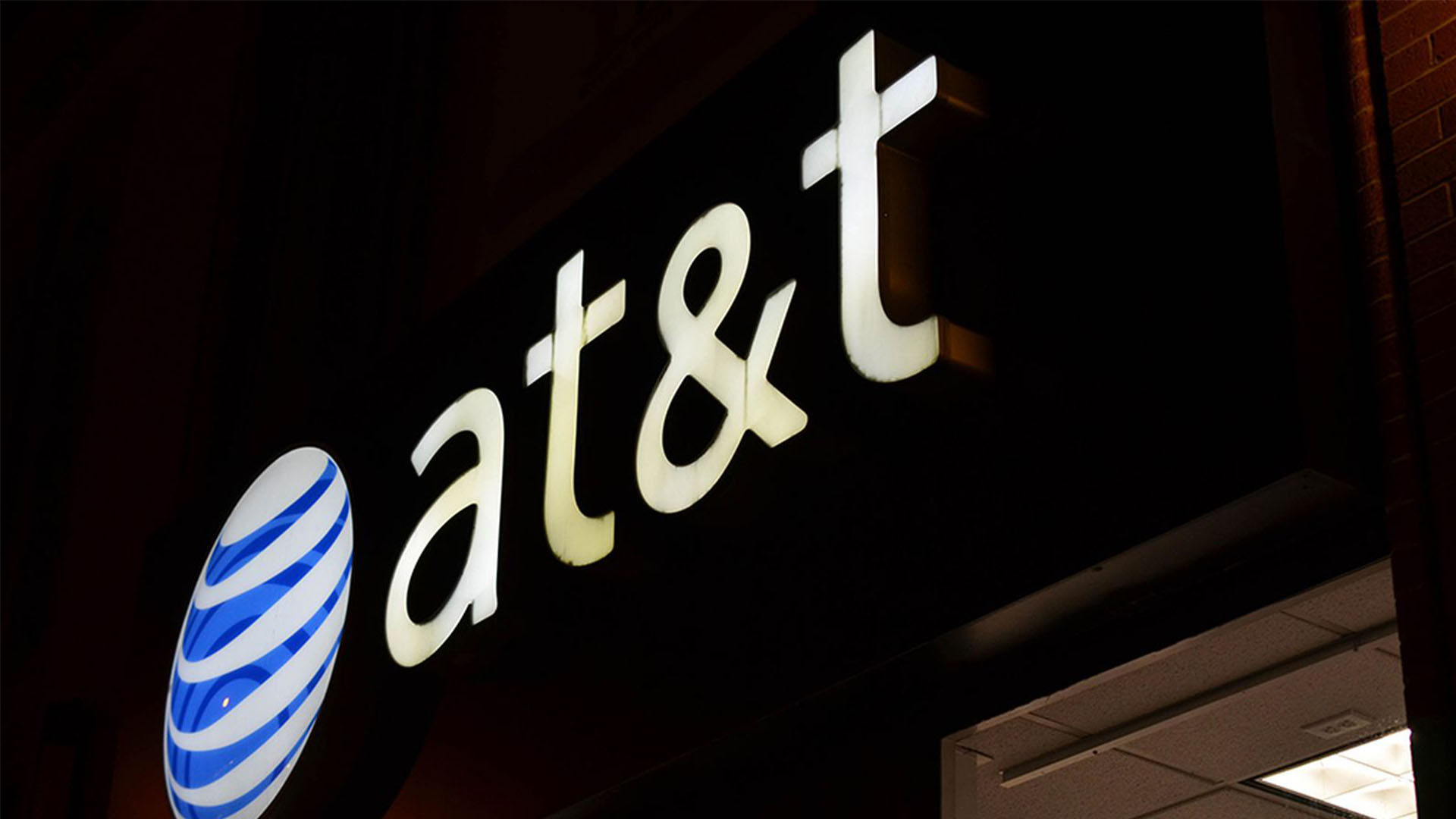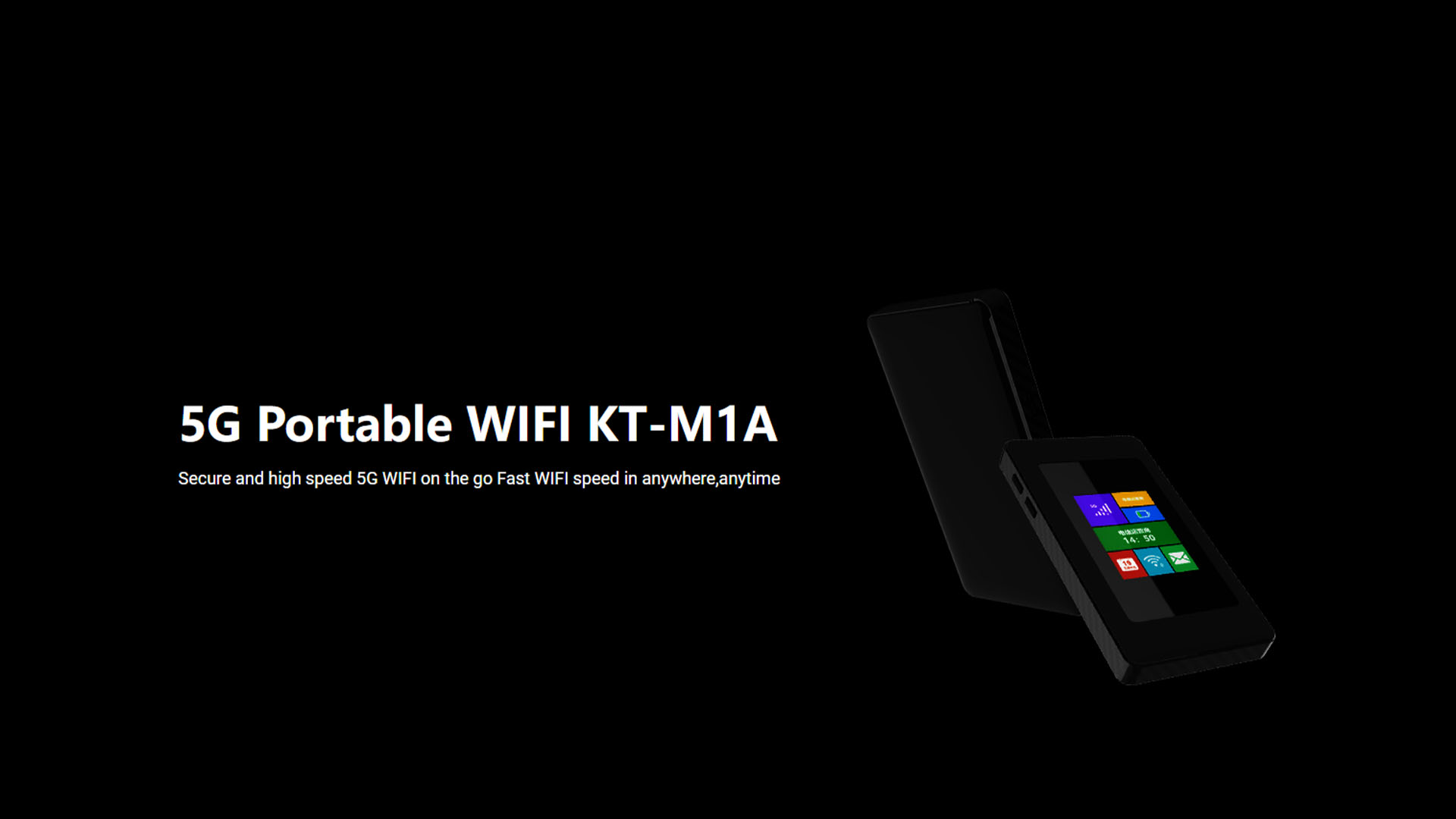The market competition for global mobile hotspots is fierce. For example, in China, the competition in the mobile hotspot market is very fierce, including competition among the three major operators of China Telecom, China Unicom, and China Mobile. Due to the intense competition, many new entrants have to offer more subsidies to attract users to use their products. But subsidies are not omnipotent. Some people may argue that subsidies can help increase the number of users using mobile hotspots, thereby increasing income. In fact, if users are not satisfied with mobile hotspot products, they may give them up or prefer to choose other suppliers. So, we must have a long-term perspective when entering mobile hotspot market. We cannot ignore future market trends solely for temporary income. KingTop will give you an introduction of the current vendor landscape of mobile hotspots around the world.
Competition Situation
The major competitors in the global mobile hotspot market are mobile hotspot manufacturers and telecom operators because the mobile hotspots are sold to end users in the following ways:
① Sold by mobile hotspot manufacturers online or through physical stores.
② Through telecommunications operators, where mobile hotspots are provided by mobile hotspot manufacturers.
In both cases, the main suppliers are still the same, mainly mobile hotspot manufacturers. The main suppliers in the global mobile hotspot market are listed below: Huawei; NETGEAR; ZTE.

Competition Among Mobile Hotspot Manufacturers
The competition among mobile hotspot device manufacturers is very fierce because the supplier receives most of the revenue from the sales of bundled devices. In 2015, suppliers earned $2.2 billion from the sale of bundled devices, while the sales revenue of independent devices was $90 million. Bundled devices are mainly sold through mobile telecom operators such as AT&T and Verizon. Therefore, mobile telecom operators mainly rely on mobile hotspot device manufacturers to increase LTE technology revenue. It strengthens the bargaining ability of mobile hotspot device manufacturers. In addition, there is also a fierce price war among device manufacturers to win orders from telecom operators. The internal bidding conducted to obtain transactions from telecom operators has led to a decrease in the ASP of mobile hotspot devices, which has reduced the bargaining power of some emerging manufacturers. So it’s hard for new manufacturers to enter the market. Therefore, new participants are adopting low-cost strategies to survive in the competition. For example, in 2013, FreedomPop launched a mobile hotspot router with 500MB of free data per month. Karma has adopted different strategies to occupy the market. It has launched a Karma Go device based on a pay as you go marketing strategy, where users only need to pay for the services they use rather than paying for the volume of services they may not have used.
Therefore, mobile hotspot device suppliers are lowering their device prices and adopting different marketing strategies to obtain more business orders and become a key participant. In addition, low-cost equipment developed by Chinese manufacturers such as Huawei and ZTE, as well as innovative products from emerging manufacturers such as Karma and Hame, are intensifying the price war in the market.
In the category of independent devices, competition is mild because some leading equipment suppliers, such as NETGEAR and Novatel, still play a leading role in the market. However, some Chinese suppliers and new participants are gradually gaining market share through low-priced strategies and innovative products.

Competition Between Telecom Operators
Almost 76% of mobile hotspot routers are purchased by telecom operators. In the United States, competition among service providers is fierce because most users are migrating from multiple contract based subscriptions to a single contract based data subscription. A single contract for data usage. Therefore, the equipment provided by service providers is almost free or at the lowest price. For example, AT&T and Sprint Internet companies provide free hotspot devices. Verizon charges $1 for the device. The difference lies in the amount of data and activation fees. AT&T Unite hotspots are free. It provides 4GB of data per month, with a two-year contract price of $1236. Verizon provides 5GB of data per month, with a two-year contract of $1240 and an activation fee of $35. Splinter Internet provides 3GB data for two years at a price of $876 and an activation fee of $36.
The decision of consumers to purchase mobile hotspots from telecom operators also depends on their network coverage. If the network coverage of mobile telecom operators is limited, it will lead to low connectivity.
For example, in the United States, AT&T and Verizon have the best network coverage, allowing users to use their mobile hotspots. Users can use their mobile hotspots anywhere. Verizon and AT&T have high-speed coverage compared to Sprint and T-Mobile. These mobile telecommunications operators are working hard to increase their network coverage and build LTE infrastructure.

About Us
Now, the global vendor landscape of mobile hotspots is clear enough for you guys. As an emerging mobile hotspot manufacturer, KingTop wants to let you know more about us. KingTop has been committed to becoming the global 5G intelligent communication terminal overall solution supplier. Our company owns more than 800 employees with over 15 years of innovation experience. We have applied for more than 60 copyrights and patents. KingTop mainly provide solution providers of core technologies such as 4G/5G/IoT/AI. KingTop will always maintain its research and development capabilities, using better tools to make better products and provide better services.


 French
French German
German Arabic
Arabic Italian
Italian Spanish
Spanish Japanese
Japanese Persian
Persian Korean
Korean Chinese (Simplified)
Chinese (Simplified)









